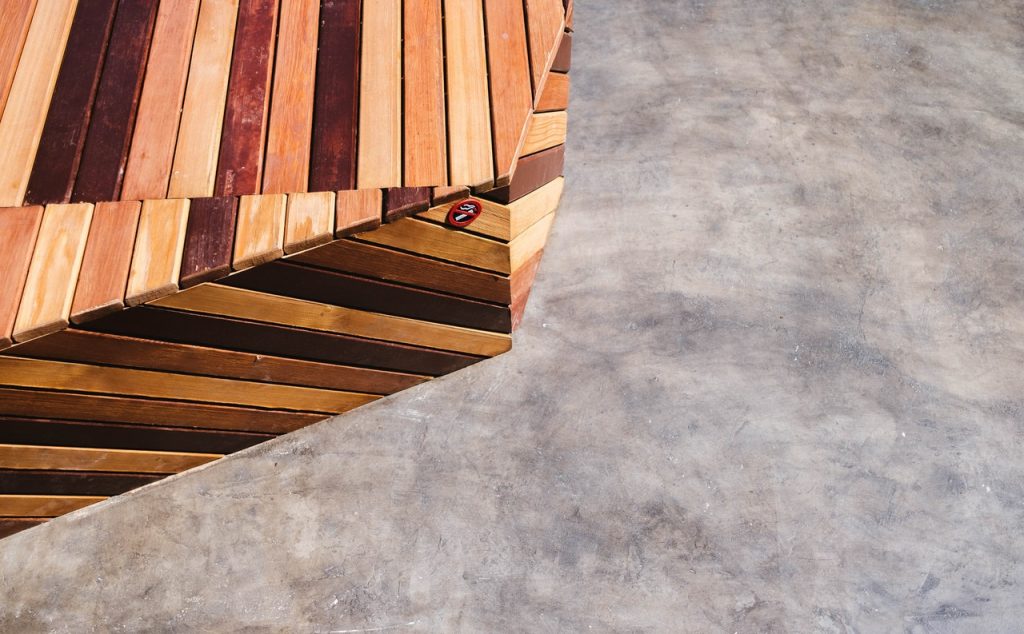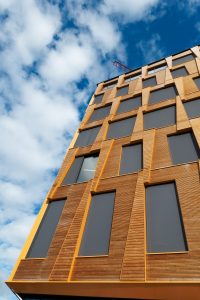
During a summer’s day, do you feel that staying at home is much cooler than hanging out by the terrace? How about in Winter, do you feel that your building stays warm enough not to use the heater? If you feel secure and comfortable inside the house regardless of the season, is it possible due to the outer wall of the structure of the building you are living in. It may be a result of the aluminum cladding system you are using.
What is cladding?
Cladding is the process of applying additional material over a wall structure to provide thermal insulation and resistance to weather, whilst also enhancing the buildings outer appearance. As cladding is done, a wall is provided a cavity where rain can run down protecting the material from damage by water. Cladding is a strategy that helps in maintaining a building’s sturdiness.
What is the purpose of cladding?

In dealing with the weather, cladding prevents the wall from being damaged. It is also heat resistant. Timber cladding is often very popular due to its aesthetics. The cheapest cladding option is to use PVCu, also known as vinyl it is a combination of salt and ethylene. With its effectiveness, affordability, and earth-friendly properties, it is an ideal material for all types of cladding. It is certainly cost-effective too, with alternatives being timber is you have a considerable budget available.
What is the most used type of cladding?
Surprisingly, neither PVCu or timber is the most used type of cladding for building exteriors. The most popular type is the aluminium cladding. Since aluminium is the most abundantly used metal in construction and because of its unique properties, aluminium cladding is often more preferred than anything else.
What are the important properties that make Aluminium widely used for a cladding system?
- Aluminium itself is lightweight but also almost as strong as steel.
- As aluminium corrodes, aluminium oxide develops which protects the pure metal from further surface corrosion, therefore is less likely to get damaged.
- Compared to any other non-ferrous metal, aluminium remains sturdy when used with other metals making it favourable for architects to use.
- It is a good heat radiator and can take up to 113°C.
- Due to economical, functional, and aesthetical reasons, aluminium is often chosen as the optimal material for cladding.
What is timber aluminium cladding, and why should you use it?
Unfortunately for aluminium, it is not the most aesthetically pleasing in appearance. Some architects feel it defies the idea of elegance, class, and aesthetics. Most feel it is too industrial-looking, however, aluminium cladding can actually be created with a timber-look finish. Timber Aluminium Cladding is an architectural type of cladding system which has the look and energy of timber. This makes it ideal for a new residential or commercial structure, renovations, and buildings.
Because aluminium is sturdy, it is least likely to crack, splinter, or warp. The added protection it gives the building is one of its most crucial advantages. Together, the aluminium timber cladding panels shield the internal building materials from strong elements such as sunlight, water, and extreme temperatures. This helps in sustaining the mechanical stability of the whole building. It doesn’t fade, it is heat resistant, and extensively, it is resistant to fading and obvious corrosion.
Timber-look aluminium cladding satisfies most design situations and provides a solution that looks top-quality. No rivets, screws, nailing, and welding needed to use to achieve that aesthetic finish that could transform any building into a statement. Aluminium cladding adds true beauty to a structure while being a very economical option. Because of its malleability, processing can be done easily and quickly. It is far from being costly, whilst being excellent in terms of weather resistance and long-lasting durability. Also, there’s improved sound dampening. Compared to real wood, aluminium timber cladding offers an overall lightweight alternative to solid timber battens in your building design.